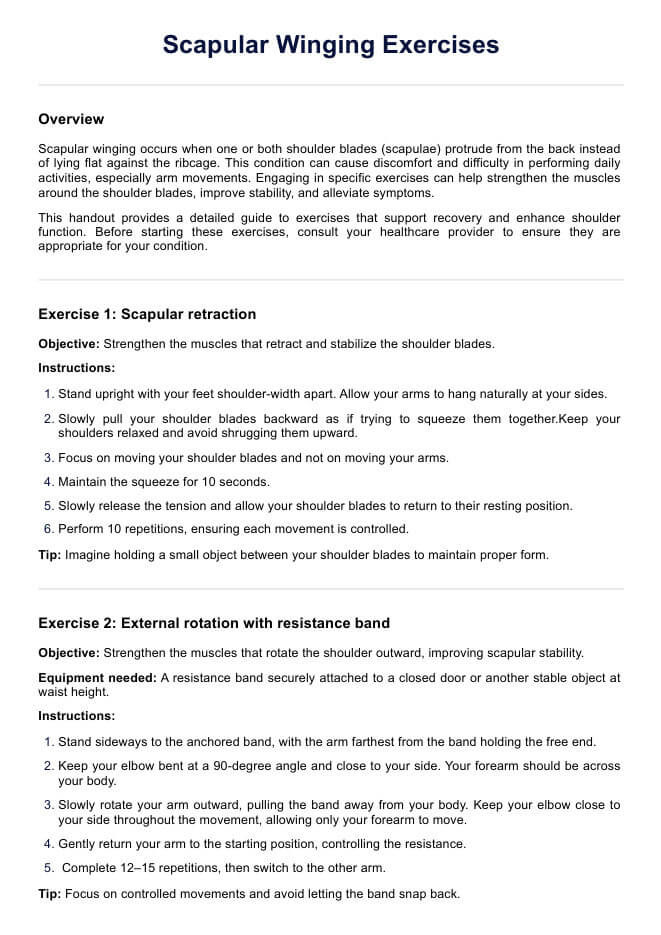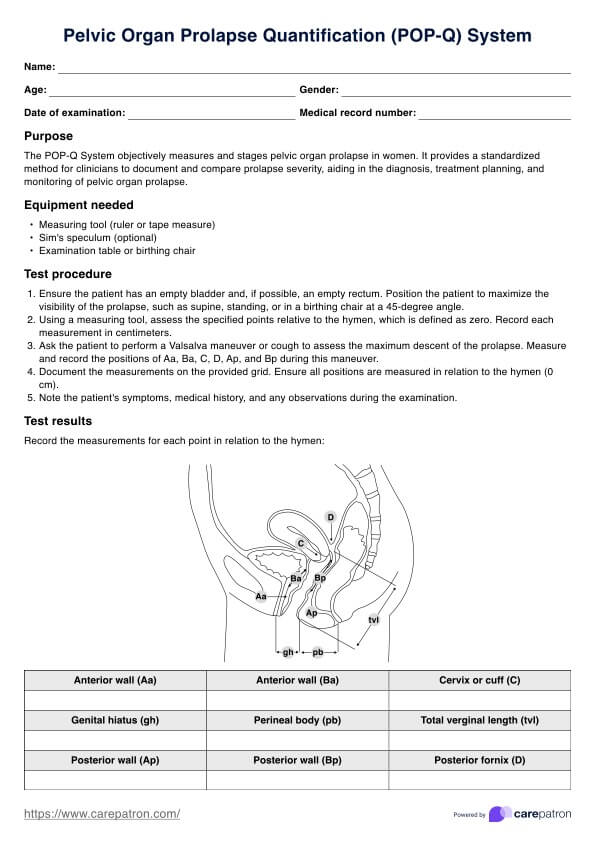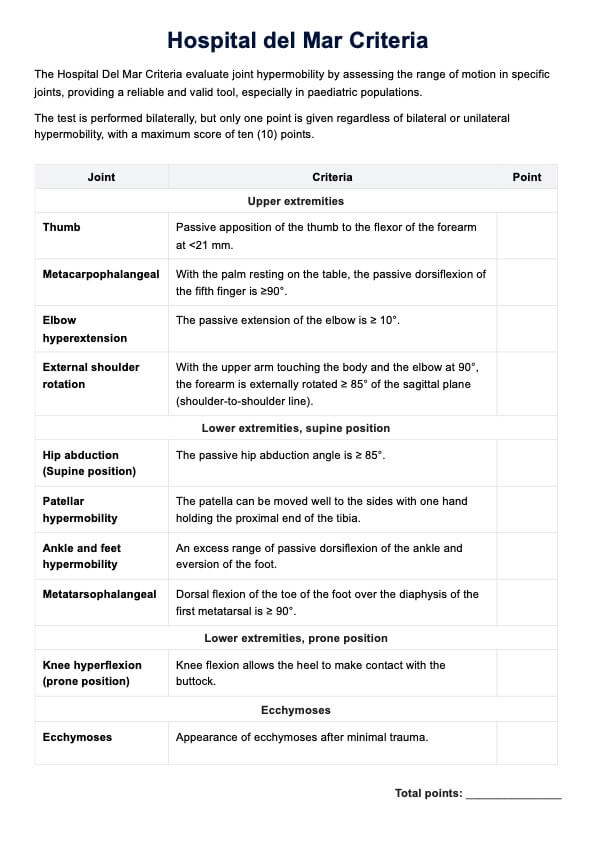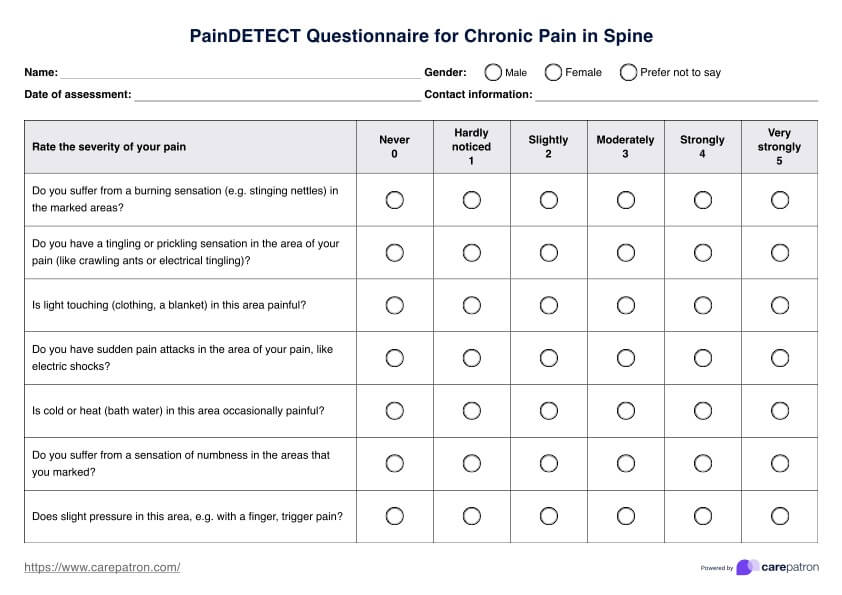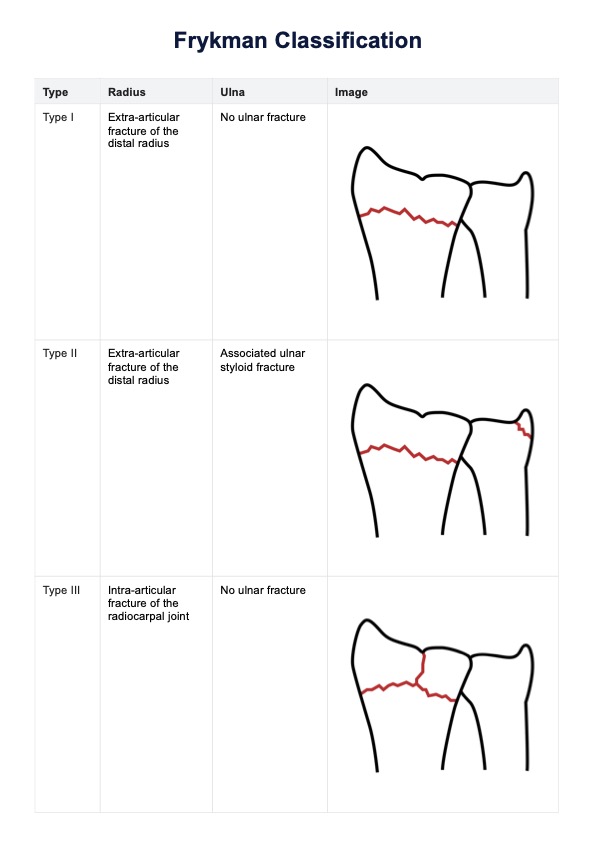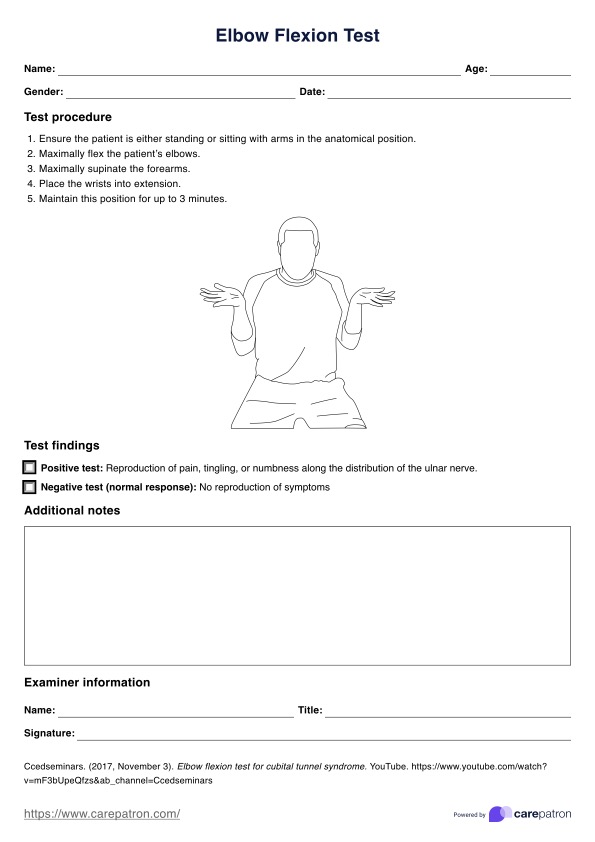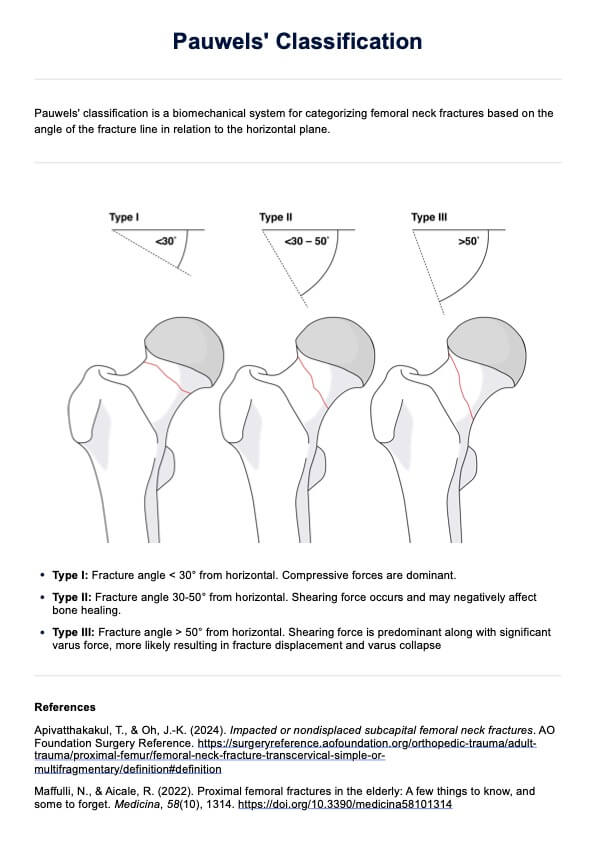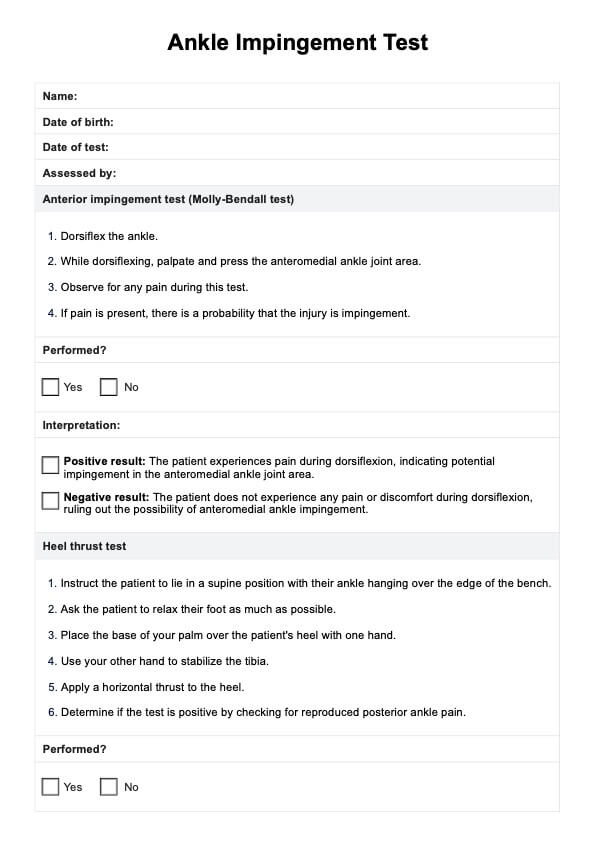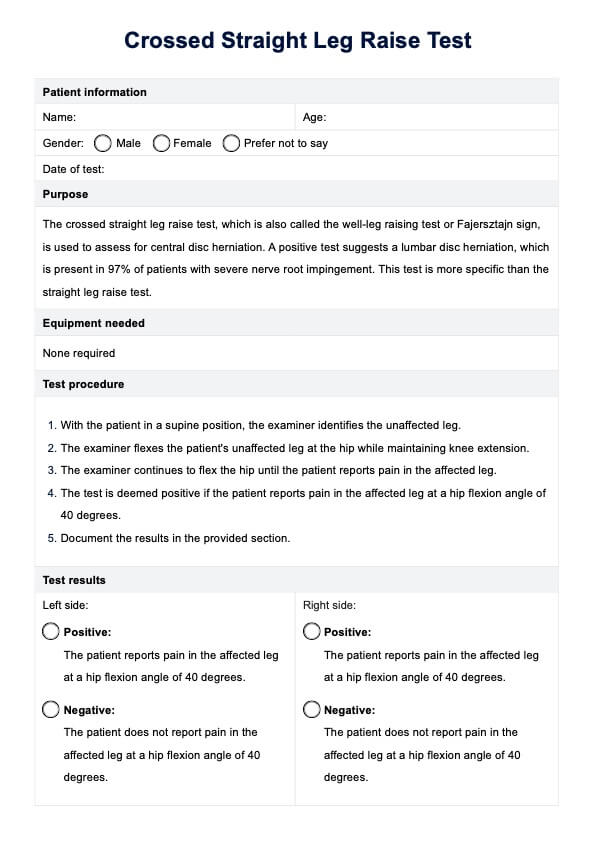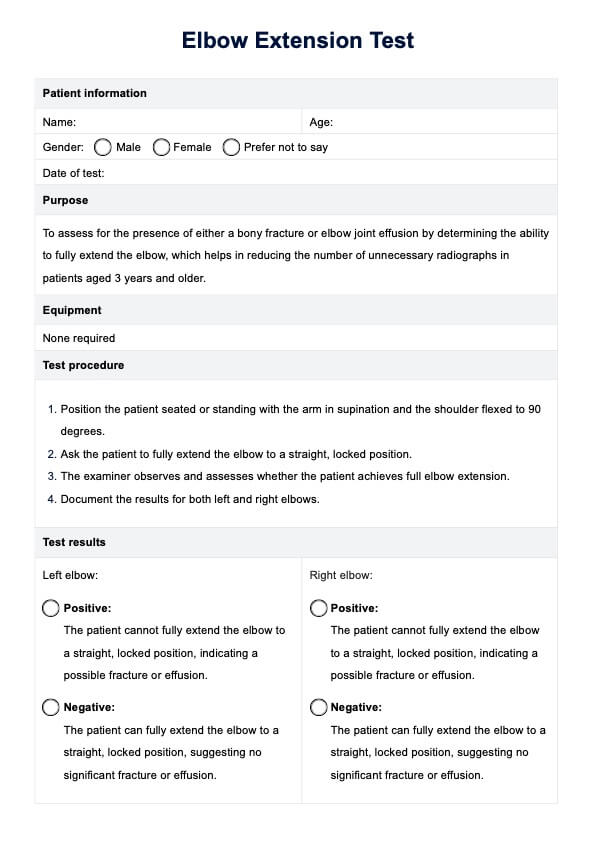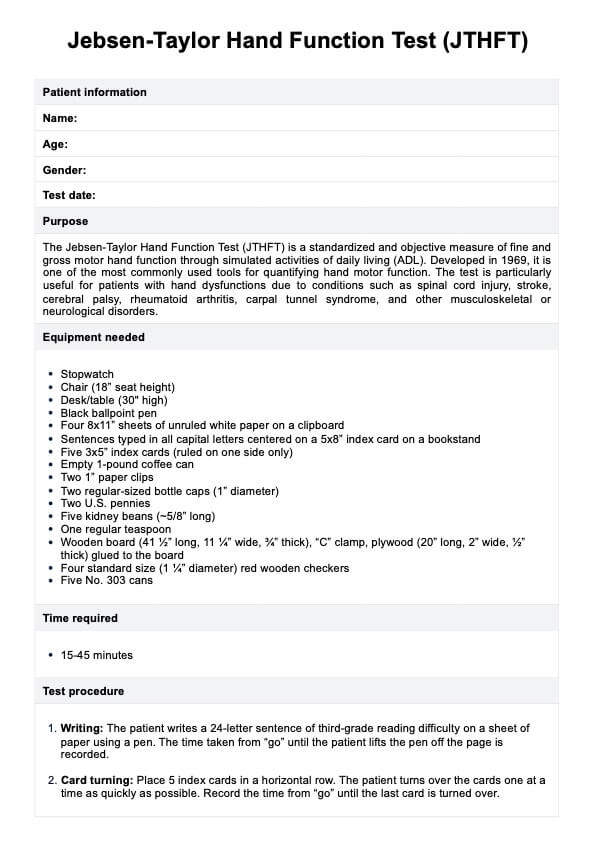Scapular Winging Exercises
Discover effective Scapular Winging Exercises and empower your patients with our comprehensive, easy-to-follow guide designed for healthcare professionals.


What is a winged scapula?
A winged scapula, also known as scapular winging, is a condition where the shoulder blade (scapula) protrudes away from the back of the body, creating a noticeable bulge or "wing-like" appearance on the affected side. This condition can occur in one or both shoulder blades and may affect people of all ages and genders. It can range from mild to severe, depending on the underlying cause and how long it has been present.
A winged scapula can significantly impact the function of the shoulder girdle, leading to limitations in shoulder flexion and other movements. The trapezius muscle, particularly the upper trapezius, plays a vital role in stabilizing the scapula during shoulder movements. When these muscles are compromised, it can result in altered biomechanics and reduced range of motion.
Symptoms
Some common symptoms of a winged scapula include:
- A visible protrusion or “wing-like” appearance on the affected shoulder blade
- Pain or discomfort in the shoulder, neck, and upper back region
- Limited range of motion in the affected arm and shoulder
- Difficulty performing overhead activities such as reaching or lifting objects
- Muscle weakness in the affected arm and shoulder
Individuals with a winged scapula may also experience tingling or numbness in the affected arm and hand, as well as muscle atrophy (shrinkage) in severe cases.
Causes
The condition often arises due to weakness or paralysis of the serratus anterior muscle, a crucial muscle responsible for holding the scapula against the thoracic wall. The serratus anterior muscle is innervated by the long thoracic nerve, and injury or dysfunction of this nerve can lead to scapular winging. Additionally, the dorsal scapular nerve, which innervates the rhomboid muscles, and the spinal accessory nerve, which innervates the trapezius muscle, can also be involved in scapular winging.
Scapular Winging Exercises Template
Scapular Winging Exercises Example
How physical therapists address scapular winging
Physical therapists play a vital role in the evaluation and treatment of scapular winging. They are trained to identify the underlying cause of the condition, develop an individualized treatment plan, and provide exercises and techniques to improve muscle strength and flexibility.
Evaluation
During an initial evaluation, a physical therapist will assess your shoulder range of motion, muscular strength and flexibility, as well as any other symptoms you may be experiencing. They may also perform special tests to determine the severity of winging and identify any contributing factors.
Treatment
Treatment for scapular winging will depend on the underlying cause and severity of the condition. In some cases, conservative measures such as stretching exercises, manual therapy techniques, and postural correction may be sufficient to improve symptoms. In more severe cases, surgery or other interventions may be necessary.
Exercises
Physical therapists can prescribe specific exercises to target weak muscles and improve muscle balance around the shoulder blade. These exercises may include shoulder strengthening exercises, scapular stabilization exercises, and stretches for tight muscles. It is important to follow the prescribed exercise program consistently to see improvement in symptoms.
Manual therapy
Manual therapy techniques such as massage, joint mobilization, and trigger point release can help relieve pain and tension in affected muscles. This can also improve muscle flexibility and increase range of motion in the shoulder joint.
Education
Physical therapists can also provide education on proper posture and body mechanics to prevent further strain on the shoulder blade. They may also teach patients how to perform daily activities with proper form to reduce discomfort and prevent worsening of symptoms.
With the right approach, many people see significant improvements and can return to normal activities without pain or discomfort (University of California, San Francisco Orthopaedic Institute, 2014).
5 examples of Scapular Winging Exercises
Exercise is vital to addressing scapular winging and strengthening the scapular muscles. The University of California, San Francisco Orthopaedic Institute (2014) has recommended several strengthening exercises specifically designed to help stabilize the shoulder blades and strengthen the surrounding muscles. Here are five practical exercises from our handout that can make a real difference:
1. Scapular retraction
Scapular retraction involves pulling the shoulder blades back to improve posture and shoulder stability. By regularly practicing this exercise, patients can strengthen the muscles that help keep their shoulder blades in place, reducing the risk of scapular winging.
2. External rotation with resistance band
This exercise focuses on strengthening the muscles that rotate the shoulder outward, which is crucial for maintaining proper winged scapula alignment. Using a resistance band helps provide the necessary resistance to build muscle strength and enhance shoulder stability.
3. Horizontal row
The horizontal row targets the upper back and upper trapezius muscles, helping to retract the shoulder blades and improve overall shoulder function. This exercise is great for building muscle strength to keep rounded shoulders and the scapulae flat against your ribcage.
4. Standard pushups
Pushups are a classic exercise that not only builds overall upper body strength but also plays a role in stabilizing the scapulae and shoulder height. By incorporating pushups into your patient's routine, they can strengthen the muscles around their shoulder blades, helping to prevent or reduce scapular winging.
5. Angel wings for serratus anterior muscle
Angel wings enhance scapular mobility and strengthen the muscles, stabilizing the scapular motion and shoulder blades. This exercise mimics the range of motion of wings, making it a fitting and effective way to stabilize shoulder movements of the scapulae.
Apart from the above-mentioned exercises, serratus anterior activation exercises, such as wall slides and push-ups with a plus, are commonly prescribed to address muscle weakness and strengthen the serratus anterior muscles.
In addition to serratus anterior exercises, stretching and strengthening of other muscles involved in shoulder stabilization, such as the trapezius muscle, are essential. For example, an upper trapezius stretch can help alleviate tightness while strengthening exercises can improve overall shoulder stability.
Physical therapists should also focus on addressing any underlying biomechanical issues that may contribute to serratus anterior weakness, such as poor posture or improper shoulder positioning during daily activities. Correcting these issues can not only aid in the rehabilitation process but also prevent future injury.
Benefits of using this handout
This handout is more than just a collection of exercises; it's a valuable resource that can enhance patient care. Here are three key benefits healthcare professionals can gain from using it:
Comprehensive guidance
This handout provides detailed instructions on practical exercises that target scapular winging, making it easier for healthcare professionals to guide their patients through recovery. It covers all the essential exercises with clear, step-by-step directions, ensuring patients can perform them correctly and safely.
Patient empowerment
This handout empowers patients to actively participate in their recovery by giving them a clear, easy-to-follow exercise plan. It helps patients understand their condition better and feel more confident in managing it. Empowered patients are more likely to adhere to their exercise regimen, leading to better outcomes.
Time-saving tool
With this handout, healthcare professionals can save time during consultations by providing a ready-made resource. It ensures patients leave with a solid plan, reducing the need for lengthy explanations and allowing healthcare providers to focus on other aspects of care.
Reference
University of California, San Francisco Orthopaedic Institute. (2014). Scapular stabilization protocols. https://sportsrehab.ucsf.edu/sites/sportsrehab.ucsf.edu/files/Scapular%20Stabilization%20Protocol.pdf
Commonly asked questions
Scapular winging is shoulder instability often caused by nerve damage or muscle weakness around the shoulder blade. Injuries, surgeries, and overuse of the shoulder muscles can all contribute to this condition.
Yes, many cases of scapular winging can be treated with physical therapy and specific exercises designed to strengthen the muscles and improve shoulder stability. Surgery is typically considered only if non-surgical treatments do not provide relief.
Recovery time varies depending on the severity of the condition and the treatment approach. With consistent exercise and proper care, many people see improvements within a few months, but it can take longer for more severe cases.



